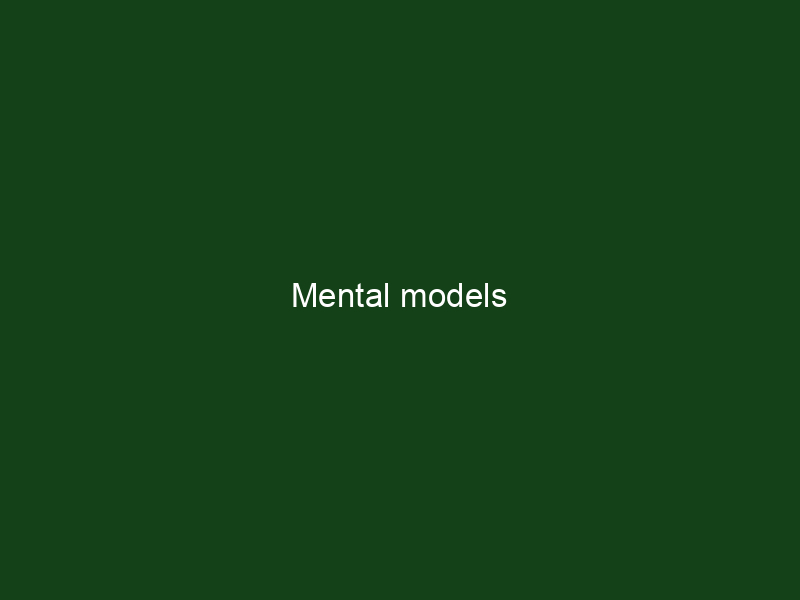Mental models are very useful for problem solving. Put simply, mental models are the set of tools that you use to think. Each mental model offers a different framework that you can use to look at life (or at an individual problem). Consider a toolbox: for every task there is a tool best suited for the job, the more tools you have the higher chance of having the right tool for the job.
Some examples… Mental models are very simple ideas of how things work, that can be easily transferred from one domain of knowledge to another. Typically mental models do not have units: golden cut, Pareto principle, law of large numbers, uncertainty principle, survival of the fittest – the original ideas may appear in math, economics, statistics, physics, biology or any other subject. However, once we learn to understand them we can port them from one subject to another. Much more than a specific statement, mental model is a perspective, a way to see things.
When we read A LOT we ask many questions. We change perspectives to find from the text as much as we can. We use memorization to remember facts. However, if not careful when we read, we will lose the most elusive prey of all – new mental models. Serendipity is about preparing your mind for unexpected situations. When we encounter a mental model we see the following traits:
- Something that is presented in one context but we can easily use in another context.
- An idea that appears both genius simple and somewhat counter-intuitive.
- While the explanation is very simple, the proof is often very hard.
- The more we think “how else can we use it”, the more different uses we find.
- If you think “this sounds absurd, and yet I believe it”, this can be a new mental models.
More often than not mental models we find are faulty. The aesthetic beauty of mental models is such, that people often tend to publish it without checking the facts. Yet we can use these myths as ways to find our fallacies when we apply the same thinking patterns over and over again.
Creative problem solving often includes using mental models of one domain of knowledge with problems of other domains of knowledge. It may be very useful to read books and articles not only in your area of expertise, but also in many others. Nobody can guess when such mental models will come useful, but it always better to be prepared.

Get 4 Free Sample Chapters of the Key To Study Book
Get access to advanced training, and a selection of free apps to train your reading speed and visual memory

